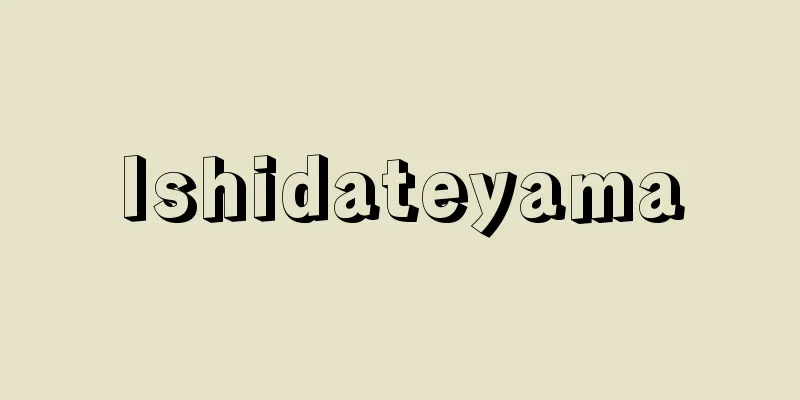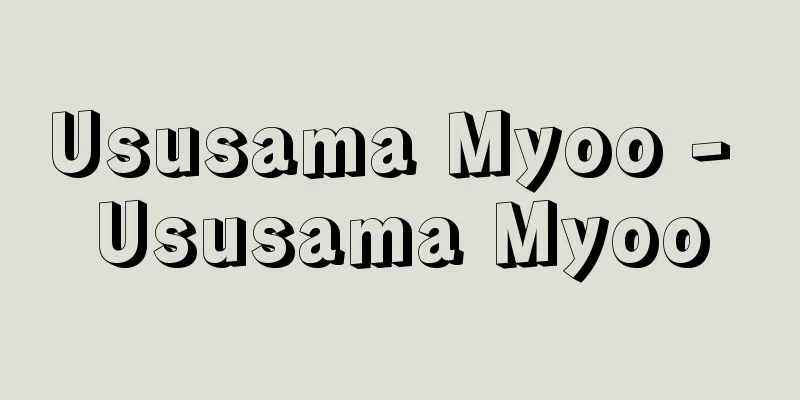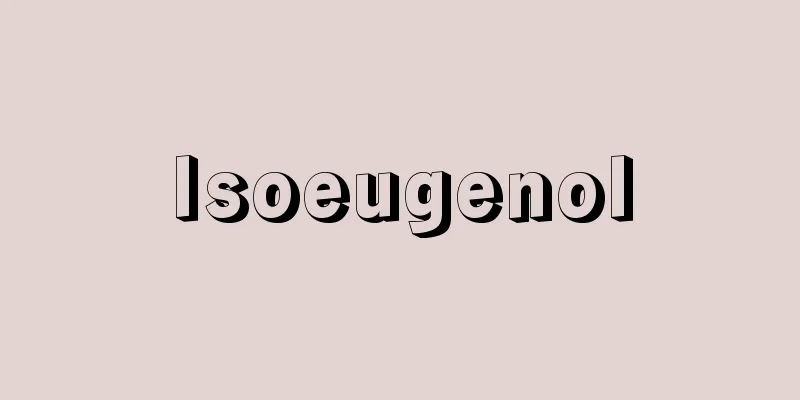Makimuku ruins

|
Located in Ota and other areas of Sakurai City, Nara Prefecture, this is a settlement site dating back to the early Kofun period. It is a nationally designated historic site. Adjacent to it are Hashihaka Tomb and Shibuya Mukaiyama Tomb (Keiko's Mausoleum). Since 1971, the Kashihara Archaeological Institute has conducted surveys and confirmed the existence of six residential areas and tomb groups connected by a single water system within an area of 2.5 kilometers east to west and 2 kilometers north to south. There are many pits and linear waterways on the fringes of the settlement. The bottoms of the pits reach the spring water layer, and from them, pottery likely used in agricultural rituals, weaving tools, winnowing baskets, burnt wood, and large amounts of rice husks have been excavated. The early Kofun period has been chronologically divided into the Miwa Ishiki to Yonshiki periods based on the pottery excavated from the waterways and pits, but nearly 30% of the pottery excavated from these periods is from other regions, such as eastern and western Tokai, Hokuriku, Sanin, the coast of Osaka Bay, central and western Setouchi, and Kyushu, indicating diverse exchanges with each region. The Miwa Ishizuka Tomb is a 96-meter long keyhole-shaped tomb from the Miwa Ishiki period located on the outskirts of a residential area. Pottery has been excavated from within the surrounding moat, along with chicken-shaped wooden products and circular plates with arc patterns that are thought to be the prototype of the straight arc pattern. It is considered important as a source of information that can be used to examine the genealogy of funeral rites during the early Yamato government. [Hironobu Ishino] Source: Shogakukan Encyclopedia Nipponica About Encyclopedia Nipponica Information | Legend |
|
奈良県桜井市太田ほかにある古墳時代前期を中心とする集落遺跡。国指定史跡。隣接して箸墓(はしはか)古墳や渋谷向山(しぶたにむかいやま)古墳(景行(けいこう)陵)がある。1971年(昭和46)以降橿原(かしはら)考古学研究所が調査を行い、東西2.5キロメートル、南北2キロメートルの範囲内に一つの水系によって結ばれた6か所の居住地と古墳群が存在することを確かめた。 居住地縁辺には多くの土坑と直線的水路がある。土坑の底は湧水(ゆうすい)層に達しており、その中から、農耕儀礼に使用したと思われる土器、機織(はたおり)具、箕(み)、焼木、多量の籾殻(もみがら)などが出土した。水路や土坑から出土した土器によって古墳時代前期を纏向一式~四式期に編年したが、そのなかには東海東部・西部、北陸、山陰、大阪湾岸、瀬戸内中部・西部、九州などの他地域のものが30%近くあり、各地域との多様な交流を示している。 纏向石塚古墳は一つの居住地の縁辺部にある纏向一式期の全長96メートルの前方後円墳である。周濠(しゅうごう)内から土器とともに鶏(にわとり)形木製品や直弧文(ちょっこもん)の祖形と考えられる弧文円板が出土しており、初期ヤマト政権の葬送儀礼の系譜を検討しうる資料として重視されている。 [石野博信] 出典 小学館 日本大百科全書(ニッポニカ)日本大百科全書(ニッポニカ)について 情報 | 凡例 |
Recommend
One-page oath - Ichimai Kishomon
Written by Honen (Genku). It is said to have been ...
Morley-Minto Reforms
The common name for the reforms in British rule of...
Final rhyme - inbo (English spelling) final
A term from Chinese phonology. A Chinese syllable ...
Bruise - Birthmark
A red, blue, or brown spot on the skin can refer t...
Ahad Ha‐am
1856‐1927 A leading proponent of cultural Zionism....
Anuttara Samyak Sambodhi - Anuttara Samyak Sambodhi
A Buddhist term. A transliteration of the Sanskri...
Travels through the mountains and waters (English: shān shuǐ yóu jì)
A genre of Chinese prose. A record of sightseeing ...
《Camerawork》 - Kamerawork
...No matter how pictorial a photograph may be, t...
moon-moth
…They are found in Hokkaido and Honshu, but their...
Nemesia - Nemesia
A general term for the African Nemesia genus in t...
Chun yú Kūn (English spelling)
He was from the state of Qi during the Warring Sta...
Value form - Wertform (German)
A term unique to "Capital," it is a form...
prakṛti (English spelling)
…Without any action, its action is only the obser...
Eminescu, Mihail
Born January 15, 1850 in Botosani, Moldova Died: J...
Azuma
...Furthermore, in the late Jomon period, the Yay...









